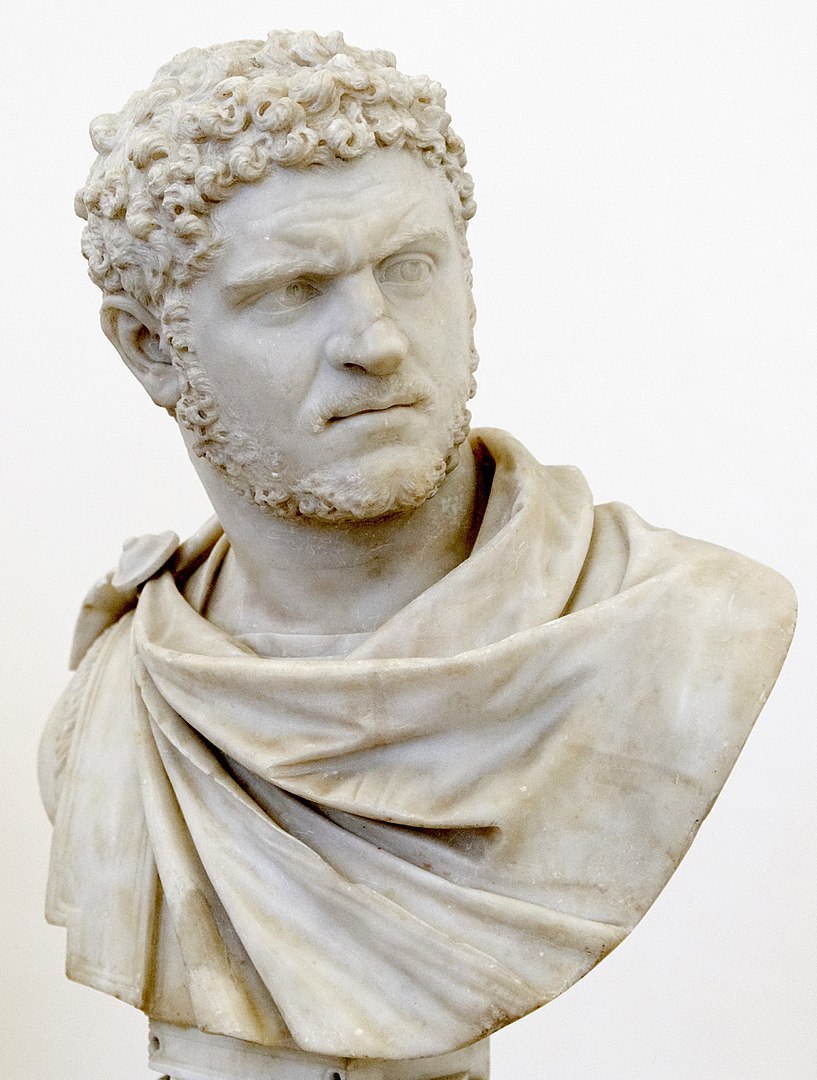Stamp: Fabergé egg and Alexander III (Guinea 2015)
Fabergé egg and Alexander III (Guinea 2015)
20 March (Guinea ) within release Russian Art (2015) goes into circulation Stamp Fabergé egg and Alexander III face value 40,000 Guinean franc
| Stamp Fabergé egg and Alexander III in catalogues | |
|---|---|
| Michel: | Mi: GN 10981 |
Stamp is square format.
Stamp from souvenir sheetAlso in the issue Russian Art (2015):
- Stamp - Boris Grigoriev self portrait and A village face value 10,000;
- Stamp - Fabergé egg and Alexander III face value 40,000;
- Stamp - Pyotr Ilyich Tchaikovsky and dancer of ballet face value 10,000;
- Stamp - Sergei Prokofiev and Kremlin face value 15,000;
- Stamp - Wassily Kandinsky and painting face value 15,000;
Stamp Fabergé egg and Alexander III it reflects the thematic directions:
Art is a diverse range of human activities in creating visual, auditory or performing artifacts (artworks), expressing the author's imaginative or technical skill, intended to be appreciated for their beauty or emotional power. In their most general form these activities include the production of works of art, the criticism of art, the study of the history of art, and the aesthetic dissemination of art. The oldest documented forms of art are visual arts, which include creation of images or objects in fields including painting, sculpture, printmaking, photography, and other visual media. Architecture is often included as one of the visual arts; however, like the decorative arts, or advertising, it involves the creation of objects where the practical considerations of use are essential—in a way that they usually are not in a painting, for example. Music, theatre, film, dance, and other performing arts, as well as literature and other media such as interactive media, are included in a broader definition of art or the arts. Until the 17th century, art referred to any skill or mastery and was not differentiated from crafts or sciences. In modern usage after the 17th century, where aesthetic considerations are paramount, the fine arts are separated and distinguished from acquired skills in general, such as the decorative or applied arts.
The word emperor (from Latin: imperator, via Old French: empereor) can mean the male ruler of an empire. Empress, the female equivalent, may indicate an emperor's wife (empress consort), mother/grandmother (empress dowager/grand empress dowager), or a woman who rules in her own right and name (empress regnant or suo jure). Emperors are generally recognized to be of the highest monarchic honour and rank, surpassing king. In Europe, the title of Emperor has been used since the Middle Ages, considered in those times equal or almost equal in dignity to that of Pope due to the latter's position as visible head of the Church and spiritual leader of the Catholic part of Western Europe. The emperor of Japan is the only currently reigning monarch whose title is translated into English as "Emperor"
A head of state (or chief of state) is the public persona that officially represents the national unity and legitimacy of a sovereign state. In some countries, the head of state is a ceremonial figurehead with limited or no executive power, while in others, the head of state is also the head of government. In countries with parliamentary governments, the head of state is typically a ceremonial figurehead that does not actually guide day-to-day government activities and may not be empowered to exercise any kind of secular political authority (e.g., Queen Elizabeth II as Head of the Commonwealth). In countries where the head of state is also the head of government, the president serves as both a public figurehead and the actual highest ranking political leader who oversees the executive branch (e.g., the President of the United States).
personal ornaments, such as necklaces, rings, or bracelets, that are typically made from or contain jewels and precious metal.



